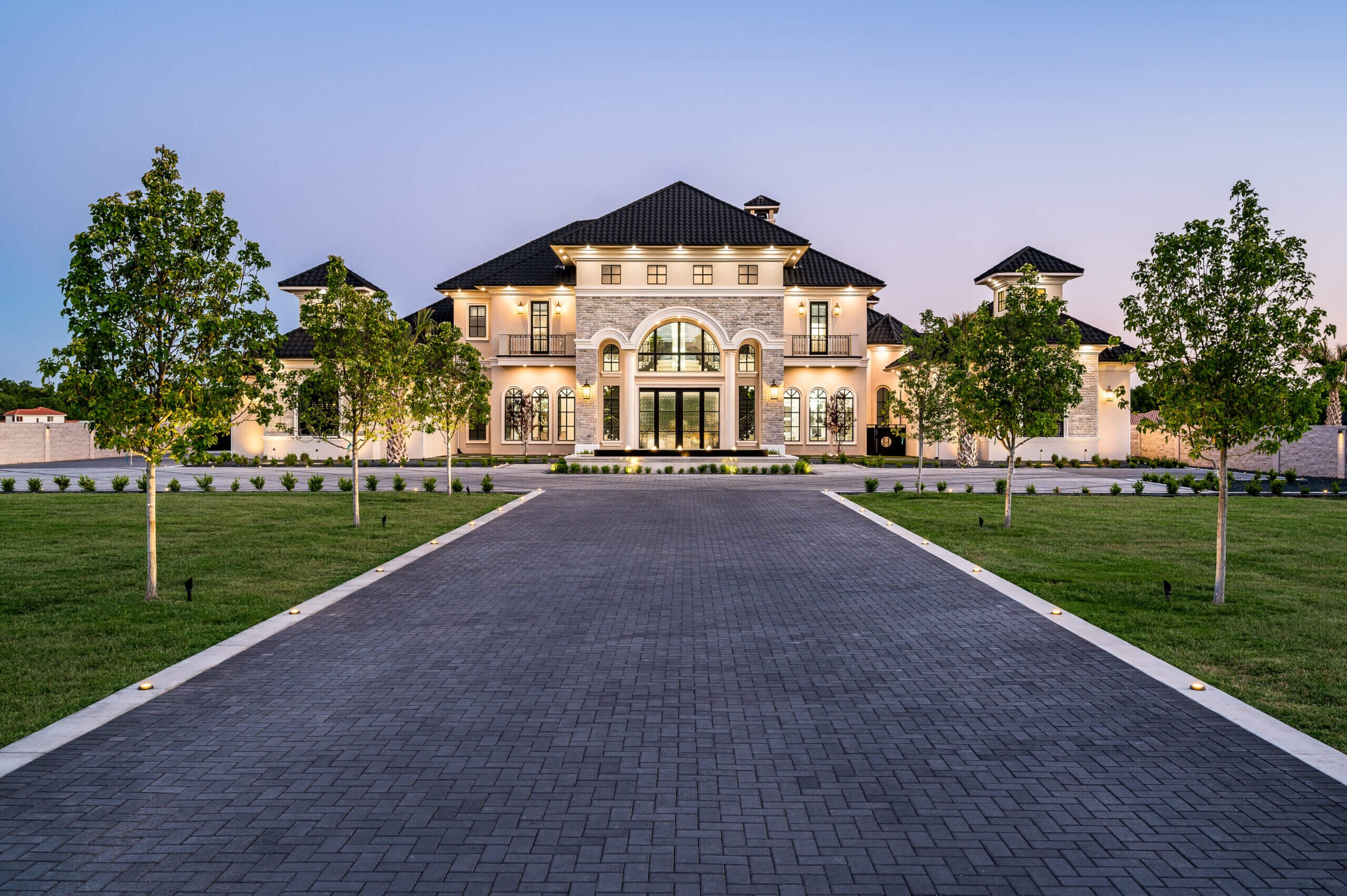The construction industry in San Francisco is known for its innovative designs, earthquake-resistant structures, and sustainable building practices.
Non-ferrous metals, which include metals that do not contain iron such as aluminum, copper, and brass, play a crucial role in achieving these goals. This article will explore how are used in Non Ferrous San Francisco construction projects and why they are the preferred choice for builders and architects.
What Are Non-Ferrous Metals?
Non-ferrous metals are those that do not contain iron. They are prized for their properties like lightweight, resistance to corrosion, and high electrical conductivity. The most common non-ferrous metals used in construction include:
- Aluminum
- Copper
- Brass
- Zinc
- Titanium
These metals are often used in places where durability, aesthetics, and resistance to environmental factors are necessary.
Why Are Non-Ferrous Metals Important in Construction?
Non-ferrous metals have become a key component in modern construction due to their unique properties. Here are some reasons why they are important:
- Corrosion Resistance
Non-ferrous metals are less likely to rust or corrode, making them ideal for San Francisco’s coastal climate, which is known for its high humidity and salt content in the air.
- Lightweight
Metals like aluminum are much lighter than steel, making transportation and installation easier and more cost-effective.
Sustainability
Many non-ferrous metals are recyclable, aligning with San Francisco’s focus on sustainable construction and reducing carbon footprints.
Strength and Durability
Despite being lightweight, non-ferrous metals like titanium have high tensile strength, making them suitable for structural applications.
How Non-Ferrous Metals Are Used in San Francisco’s Construction
San Francisco’s construction industry uses non-ferrous metals in various applications, ranging from structural components to interior design. Below are some of the key ways these metals are utilized:
1. Aluminum in Facades and Roofing
Aluminum is widely used in facades, window frames, and roofing. It’s chosen for its lightweight nature, corrosion resistance, and ability to be molded into different shapes and designs.
- Facades and Cladding: Aluminum panels are used for building facades to provide a sleek, modern look. They are also energy-efficient, reflecting sunlight and reducing cooling costs.
- Roofing: Aluminum roofing systems are popular in San Francisco’s commercial and residential buildings because they are lightweight and can withstand harsh weather conditions, making them ideal for the region’s variable climate.
2. Copper for Electrical and Plumbing Systems
Copper is known for its excellent electrical conductivity and antimicrobial properties, making it a favorite for electrical wiring and plumbing systems.
- Electrical Wiring: Copper’s high conductivity and flexibility make it the preferred choice for electrical wiring in buildings. It ensures safety and efficiency in energy transfer.
- Plumbing: Copper pipes are used in plumbing because they are resistant to corrosion and have a long lifespan. This is crucial for preventing leaks and maintaining water quality.
3. Brass in Interior Design and Fixtures
Brass, an alloy of copper and zinc, is used in San Francisco’s construction projects mainly for its aesthetic appeal and durability.
- Interior Fixtures: Brass is commonly used in door handles, light fixtures, and decorative elements. Its warm, golden color adds a touch of elegance to interiors.
- Exterior Applications: Brass is also used in exterior applications such as railings and gates, where it can withstand weather conditions while maintaining its appearance.
4. Zinc in Roofing and Cladding
Zinc is another non-ferrous metal that is gaining popularity in San Francisco’s construction due to its sustainability and low maintenance requirements.
- Roofing: Zinc is used for roofing because it develops a protective patina over time, which increases its lifespan and makes it almost maintenance-free.
- Cladding: Zinc cladding is used in modern building designs for its clean lines and ability to blend well with other materials like glass and stone.
5. Titanium for Structural Support
Titanium’s strength-to-weight ratio is unmatched, making it a preferred material for structural support in some of San Francisco’s more ambitious construction projects.
- Bridges and High-Rises: Titanium is used in bridge construction and high-rise buildings to provide strength without adding unnecessary weight. This is particularly beneficial in a city like San Francisco, which is prone to earthquakes.
Benefits of Using Non-Ferrous Metals in San Francisco’s Construction
Non-ferrous metals offer numerous benefits that make them suitable for San Francisco’s unique construction needs. These benefits include:
- Durability in Coastal Climates
The city’s proximity to the ocean means structures are exposed to salt and humidity, which can lead to corrosion. Non-ferrous metals resist these elements, ensuring longevity.
- Energy Efficiency
Aluminum and zinc, when used in facades and roofing, help in reflecting heat and maintaining indoor temperatures, reducing energy consumption.
- Design Flexibility
These metals can be easily molded into various shapes and sizes, allowing for creative architectural designs.
- Sustainability
Many non-ferrous metals can be recycled, making them an environmentally friendly choice.
Conclusion
Non-ferrous metals are integral to San Francisco’s construction industry. Their resistance to corrosion, lightweight properties, and aesthetic appeal make them ideal for the region’s unique architectural and environmental needs. From aluminum facades and copper plumbing to brass fixtures and titanium supports, non-ferrous metals are helping shape San Francisco’s skyline and ensuring that its buildings stand the test of time. Thank visiting technonetwork.co.in


